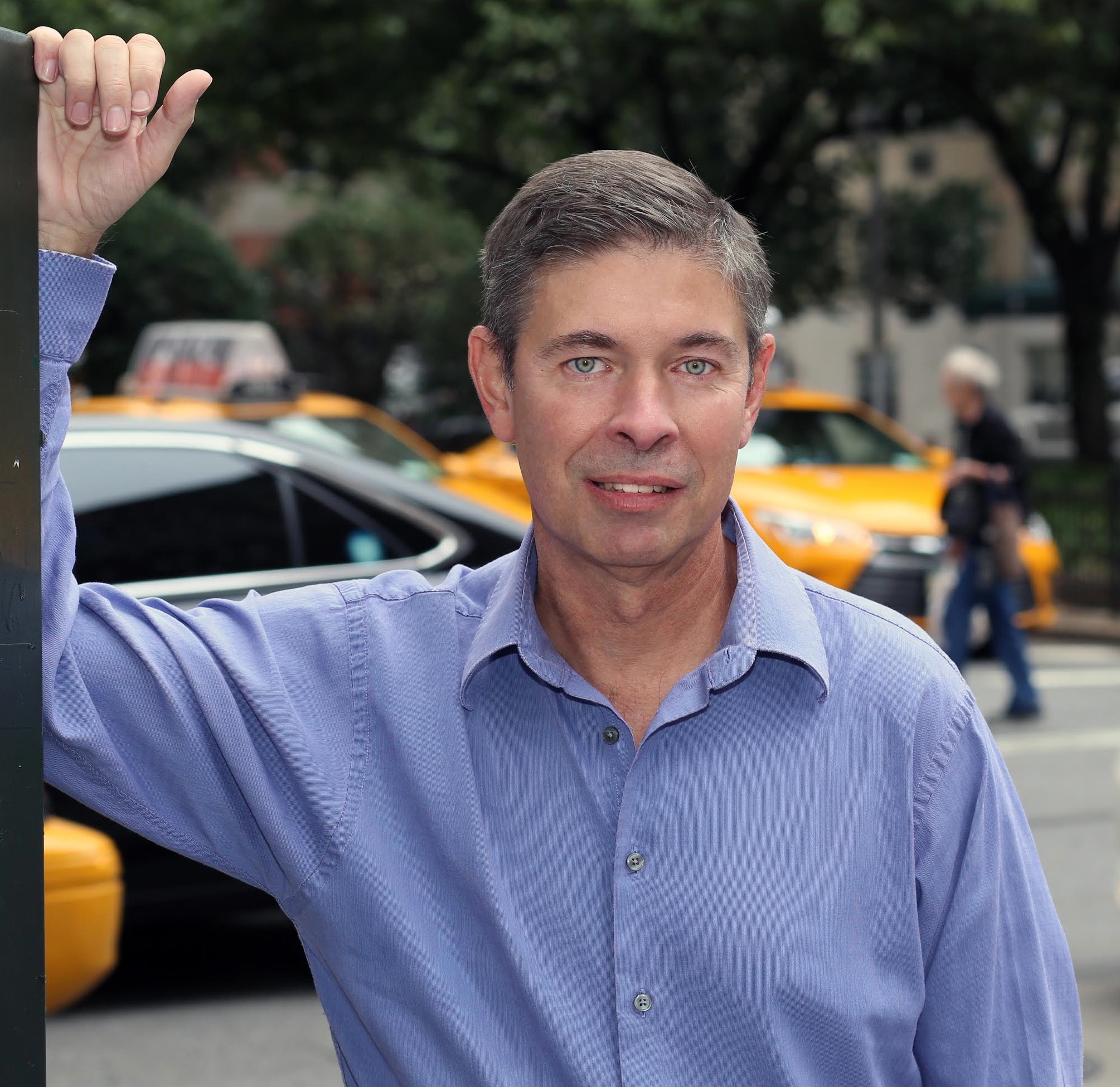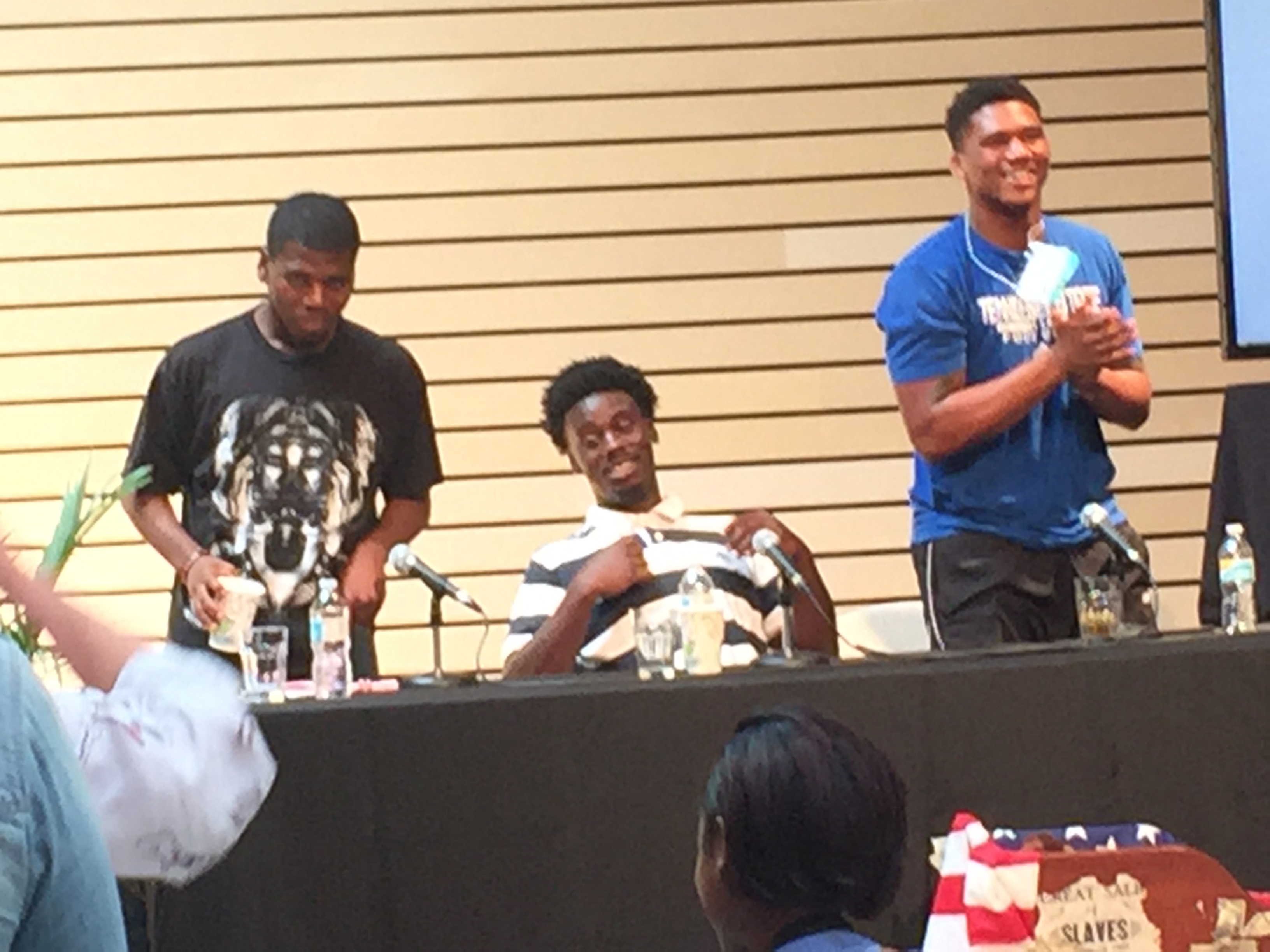Changing the Odds
A Reflection on the Proctor Institute 2015
 Rev. Jon Brown
Rev. Jon Brown
Jersey City, NJ
“Educate a Child, Transform the World” – it’s a noble calling and worthy endeavor. This initiative, established by the 221st General Assembly of the Presbyterian Church (U.S.A.), seeks to improve the quality of education for 1 million children by the year 2020. That’s a tall order, but where do we begin?
For me, it began by accepting an invitation to attend the 21st annual Proctor Institute for Child Advocacy hosted by the Children’s Defense Fund at Haley Farm in Clinton, Tennessee. There I joined with hundreds of other people of faith who are determined to stand up for the well-being of our nation’s children. The setting was ideal for seriously looking at the needs of children in our nation and reflecting on the possibilities for us to address them through this initiative.
We heard from young people who could easily have given up on themselves or been written off by adults but, through their commitment to obtain an education, have beaten the odds. As a matter of fact, a whole panel of recipients of “Beat the Odds” scholarships shared their personal stories of how they overcame difficult familial, economic, and racial obstacles to change a course that had been set in their lives before they knew what a course was or even how to spell it. Now they are committed to making a difference in their communities and inspiring other young people to succeed. As those of us gathered for the Proctor Institute heard these stories, we heard God’s call to increase our efforts not only to encourage those few who beat the odds, but to actually change the odds for all young people.
 We need to change the odds for one in five American children who live below poverty level. We need to change the odds for the nearly 9,000 public education school children in my state of New Jersey who are homeless. We need to change the odds for the 58 percent of fourth grade students who are unable to read at grade level.
We need to change the odds for one in five American children who live below poverty level. We need to change the odds for the nearly 9,000 public education school children in my state of New Jersey who are homeless. We need to change the odds for the 58 percent of fourth grade students who are unable to read at grade level.
The choice is clear: we can invest in improving the lives of children now or pay the price for a crisis of unemployment, incarceration, and other related challenges in the future.
These hard facts were shared within the framework of inspiring preaching and Bible Study, as well as informative workshops. We were strengthened and encouraged to be reminded that our efforts are part of God’s story of justice and love at work in this particular generation. For me, it was personally moving to reflect upon how education changed my own life. Many years ago I was one of those Head Start kids. Statistically, I should not have had the education, experience, and opportunities that I have enjoyed. It was inspiring to see other young people of this generation who are finding a new chance to build their lives. It was also convicting to realize that the vast majority of children living in poverty will not have access to the same opportunities that have blessed my own life.
We need to change the odds for one in five American children who live below poverty level….We need to change the odds for the 58 percent of fourth grade students who are unable to read at grade level.
— Rev. Jon Brown
Perhaps one of the most sobering experiences was listening to three high school aged young men from Nashville for whom public education was the source of, not the solution to, their failure and pain. Each of them spoke of growing up in a home where there is no responsible parent able to care for them. Siblings must look out for each other. One young man had lived in eighty different places in his sixteen years of life. Each talked about the number of deaths they had witnessed among friends and family members. It was clear that they were walking around with untreated Post Traumatic Stress Syndrome. It should come as no surprise, then, that almost anything could trigger them to act out – thus causing their suspension and expulsion from school.
In a school system pressured to pay more attention to test scores than the needs of its students, it was often overwhelmed teachers and other educators who ended up writing the tickets for these young people to drop out and be pushed one step further along the “Cradle to Prison Pipeline”. One of the young men in the panel group explained, “What I needed was for one teacher to see me as something more than a behavior problem to be eliminated. My understanding is that the word ‘educate’ comes from the Latin root word that means to ‘lead out’. More than anything else, we need teachers who can help lead us out of an otherwise hopeless future.”
 For Presbyterians like me, it is easy to think of public education as the salvation to these challenges. I was fortunate to attend good public schools. I forget that in some districts, it is the schools themselves that are unwittingly the chief determining factor in sentencing young people to a life of despair. Through advocacy, commitment, and imaginative programs, we must work to change that equation.
For Presbyterians like me, it is easy to think of public education as the salvation to these challenges. I was fortunate to attend good public schools. I forget that in some districts, it is the schools themselves that are unwittingly the chief determining factor in sentencing young people to a life of despair. Through advocacy, commitment, and imaginative programs, we must work to change that equation.
As a result of this experience, along with other factors, my congregation has now made a commitment to establish an after school program in Jersey City, possibly modeled after the Children’s Defense Fund’s “Freedom Schools”. When I returned home, I made it a point to contact two of our congregation’s young people who face their own particular challenges. I reminded them of our church’s care and support. I reminded myself to be in active prayer for these and all young people. And I renewed my own commitment to our denomination’s important efforts to “Educate a Child” and “Transform the World.”
Rev. Jon Brown is pastor of Old Bergen Church, a historic and multi-cultural congregation in Jersey City, NJ. Prior to accepting this call, Jon served as Director of Mission Interpretation for the Presbyterian Church (U.S.A.) in the offices of the Presbyterian Mission Agency in Louisville, KY.
![]() You may freely reuse and distribute this article in its entirety for non-commercial purposes in any medium. Please include author attribution, photography credits, and a link to the original article. This work is licensed under a Creative Commons Attribution-NonCommercial-NoDeratives 4.0 International License.
You may freely reuse and distribute this article in its entirety for non-commercial purposes in any medium. Please include author attribution, photography credits, and a link to the original article. This work is licensed under a Creative Commons Attribution-NonCommercial-NoDeratives 4.0 International License.